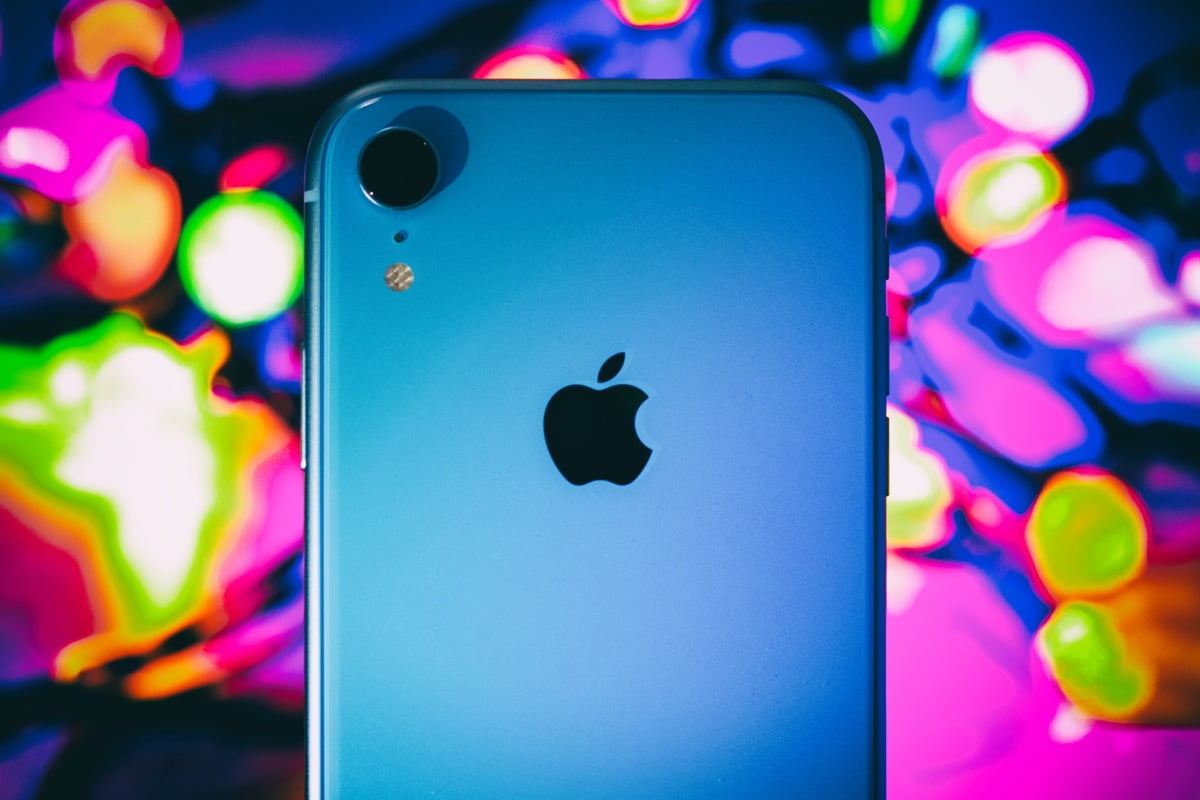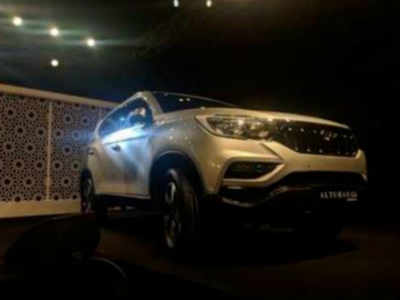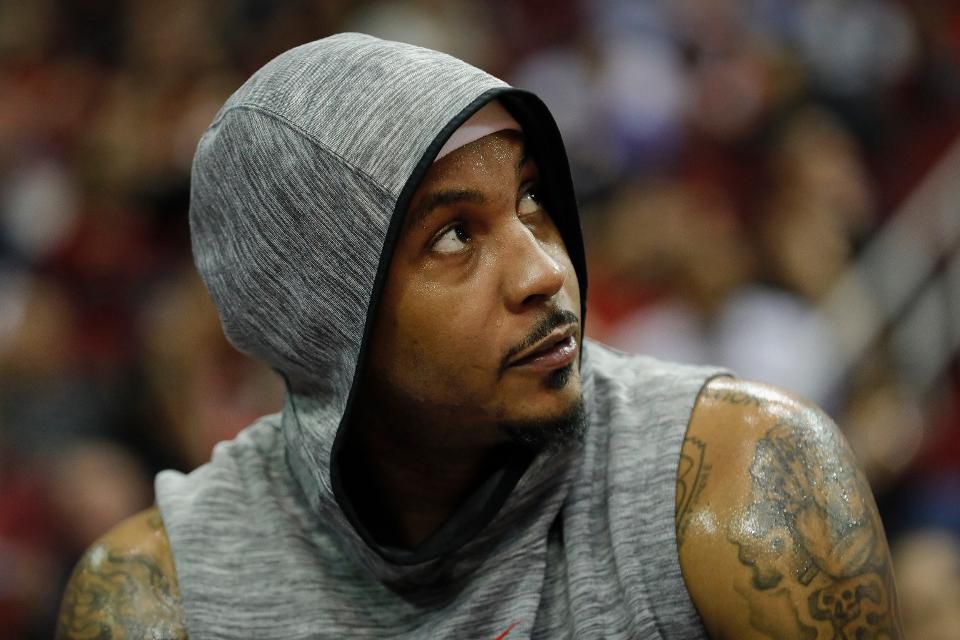
Historically, the practice of sponsorships has followed a “brand message first, fan experience second” cadence. In the past, brands tended to value recognition over engagement and poured their sponsorship dollars into naming rights, signage and logo placement to stand out. Through partnerships, brands expected to reap the benefits of this alignment, hoping that the trickle-down effect would provide increased awareness. However, the rapid evolution of technology crept up, and social media quickly took center stage.
With this, the voice of the fan became a collective chorus, amplifying new perspectives and opinions that were previously unheard. Not only did this shift elevate the voices of everyday consumers, but it provided brands with a direct window into the wants and needs of their audience.
This new dynamic, born from a technological and societal transformation, sent shockwaves through the entertainment marketing space and created tremendous opportunity for those paying attention. Marketers moved away from one-dimensional sponsorships consisting of slapping their logo on promotional products, to multilayered and fully integrated partnerships that brought brands and fans together authentically.
The ubiquitous evolution of technology and social media, together with the proliferation of socially driven user-generated content, has pushed the movement away from traditional sponsorship deliverables into a world of experiential and shareable content. This allows for new, more interactive ways of event marketing. Brands now have the opportunity to create 360-degree campaigns that control their narratives, share their products, provide experiential elements and add incremental value to the overall fan experience. At G7 Marketing, we call this taking a “fan-first” approach and have seen this practice really take root across sports, music and lifestyle events.
The Data-Driven Shift
All fans had to do was hand over their data. According to a 2018 sponsorship spending report by IEG, brands have increased their sponsorship and experiential budgets, and in turn, branded events have become the motherload for marketers. Unfortunately, that freedom meant that some of the brands used to putting themselves first designed and implemented clumsy and inauthentic activations in order to squeeze as much from fans as they could to justify the return on investment. But in this data-driven era, audiences should be the ones in control, deciding when their data is collected.
It’s all about “opt-in,” and marketers and brands must respect this while also using the insight collected in the most responsible and strategic way possible. One way your brand can leverage an opt-in approach is by offering plus-up registration options such as on-site app downloads. Often, these include special offers for participants to entice them, but they should always have clear disclaimers regarding the information collected. Another example is direct-to-consumer engagement on social media by surveying stakeholders in an online community forum. With these formats, there’s a choice to share data, not a demand.
The Need For Event Attendee Feedback
Brand marketers also need clarity on the experience attendees have at their events, with a focus on meaningful engagement as opposed to attendance numbers. Instead of leaning on event producers and promoters to provide deeper understanding of attendees, various tools have emerged for taking a deep dive into consumer demographic and psychographic insights alongside actionable data.
For example, by capturing social profiles and consumer behavior insights in order to establish unique consumer profiles during the registration process, you can better understand the medium through which fans like to discover, consume and share music. That information might then lead them to a playlist take-over initiative or custom, targeted playlist development that speaks to those fans directly. Also, leveraging on-site tech like beacons for special offers or in-app integration to provide a valuable service (branded Wi-Fi, VIP restrooms, etc.) is a great way to unlock access via fan engagement. These contextual and behavioral insights create a recipe for success for both the brand and the fans.
Bringing It To Life: Distinction Leads To Connection
Whether the focus is on creating sustainable and creative solutions through experience or affordable entertainment, the most critical component is the connection between the brand and the fans for a “fan-first” approach.
The robust combination of real-time data and behavioral insights has helped savvy brands and the agencies that represent them think critically about who fans are, what they want, where they should be and why it all matters. Think of it in terms of students in a classroom — the curriculum is the same for everyone, but the most effective teachers will be sure to approach each student with a slightly different style because they know we all consume information in our own individual way.
Marketers need to tap into what is meaningful to the consumer to keep loyal fans coming back for more with a burning desire to uncover those connections that are undoubtedly priceless. This is the secret to unlocking the “fan-first” marketing approach.
[“source=forbes”]














































